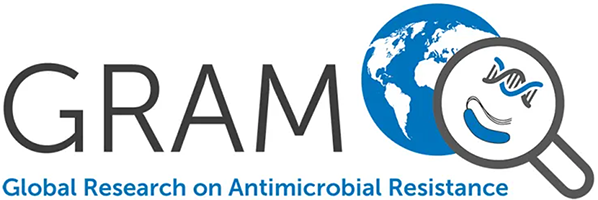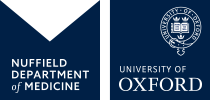Artemisinin resistance in Plasmodium falciparum malaria.
Dondorp AM., Nosten F., Yi P., Das D., Phyo AP., Tarning J., Lwin KM., Ariey F., Hanpithakpong W., Lee SJ., Ringwald P., Silamut K., Imwong M., Chotivanich K., Lim P., Herdman T., An SS., Yeung S., Singhasivanon P., Day NPJ., Lindegardh N., Socheat D., White NJ.
BACKGROUND: Artemisinin-based combination therapies are the recommended first-line treatments of falciparum malaria in all countries with endemic disease. There are recent concerns that the efficacy of such therapies has declined on the Thai-Cambodian border, historically a site of emerging antimalarial-drug resistance. METHODS: In two open-label, randomized trials, we compared the efficacies of two treatments for uncomplicated falciparum malaria in Pailin, western Cambodia, and Wang Pha, northwestern Thailand: oral artesunate given at a dose of 2 mg per kilogram of body weight per day, for 7 days, and artesunate given at a dose of 4 mg per kilogram per day, for 3 days, followed by mefloquine at two doses totaling 25 mg per kilogram. We assessed in vitro and in vivo Plasmodium falciparum susceptibility, artesunate pharmacokinetics, and molecular markers of resistance. RESULTS: We studied 40 patients in each of the two locations. The overall median parasite clearance times were 84 hours (interquartile range, 60 to 96) in Pailin and 48 hours (interquartile range, 36 to 66) in Wang Pha (P<0.001). Recrudescence confirmed by means of polymerase-chain-reaction assay occurred in 6 of 20 patients (30%) receiving artesunate monotherapy and 1 of 20 (5%) receiving artesunate-mefloquine therapy in Pailin, as compared with 2 of 20 (10%) and 1 of 20 (5%), respectively, in Wang Pha (P=0.31). These markedly different parasitologic responses were not explained by differences in age, artesunate or dihydroartemisinin pharmacokinetics, results of isotopic in vitro sensitivity tests, or putative molecular correlates of P. falciparum drug resistance (mutations or amplifications of the gene encoding a multidrug resistance protein [PfMDR1] or mutations in the gene encoding sarco-endoplasmic reticulum calcium ATPase6 [PfSERCA]). Adverse events were mild and did not differ significantly between the two treatment groups. CONCLUSIONS: P. falciparum has reduced in vivo susceptibility to artesunate in western Cambodia as compared with northwestern Thailand. Resistance is characterized by slow parasite clearance in vivo without corresponding reductions on conventional in vitro susceptibility testing. Containment measures are urgently needed. (ClinicalTrials.gov number, NCT00493363, and Current Controlled Trials number, ISRCTN64835265.)

